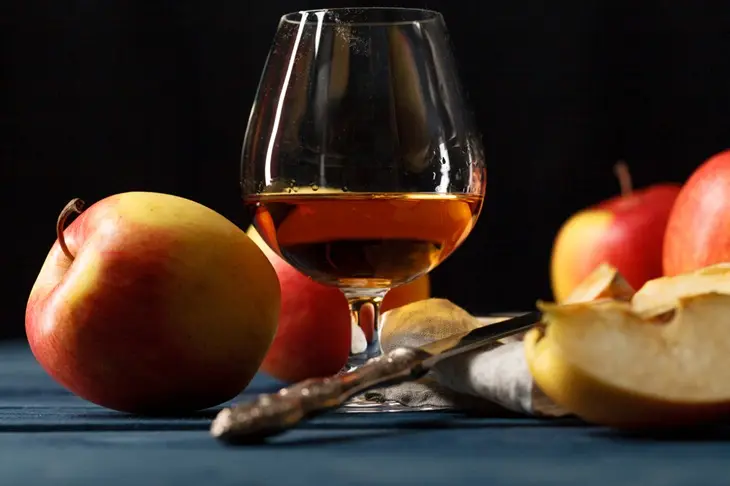As grape prices hit record lows this season in California, the wine industry is experiencing an unprecedented shift. Rachel Martin, winemaker and co-founder of Oceano Wines, noted a recent offer for Coombsville Cabernet grapes at $7,500 a ton, a price likely reduced after a contracted winemaker backed out. Despite the enticing offer, Martin hesitated, reflecting a broader sentiment among winemakers who are wary of the current market’s instability.
In July, listings on the WineBusiness Bulk Wine and Grape Board surged by 164% year-over-year, reaching a staggering 750 posts. This year alone, approximately 3,000 postings have emerged, a significant increase from last year’s total of 2,478. Concurrently, tasting room traffic in Sonoma County and Napa Valley fell by 5.9% and 5.3%, respectively, with sales dropping by 2.9% and 4.2% year-to-date, as reported by Benchmark.
The industry has seen the closure of several esteemed wineries, including Carlisle Winery and Sbragia Family Vineyards. Vintage Wine Estates filed for bankruptcy two months ago, announcing the sale of most of its California wineries, which produced over 2 million cases annually, citing liabilities exceeding $400 million.
The oversupply is not limited to California; regions like Bordeaux and Australia are also scaling back vineyard acreage. Natalie Collins, president of the California Association of Winegrape Growers, characterized the situation as a “perfect storm,” stemming from an oversupply exacerbated by post-COVID purchasing habits and increased competition from other alcoholic beverages.
Jeff Bitter, president of the Allied Grape Growers, highlighted the long-term vision required in the wine industry, noting many growers are struggling to cover costs and some have opted not to harvest. Bitter advocates for the removal of up to 50,000 acres of vineyards to rebalance supply and demand, a painful but necessary step for long-term viability.
While some grape varieties, like Zinfandel and Merlot, face challenges, others such as Sauvignon Blanc and Cabernet Sauvignon remain strong performers. Bitter remains optimistic about California’s future, urging growers to adopt a rebalancing strategy for sustainability.
Rob Mondavi Jr., a fourth-generation Napa Valley vintner, echoed a sense of resilience within the industry, citing historical challenges the wine sector has overcome. He believes that the current oversupply is partly due to unrealistic pricing strategies among smaller brands, which he sees as a necessary correction.
Amid these challenges, Martin has adapted by focusing on direct-to-consumer sales and introducing a line of non-alcoholic wines. Sales of non-alcoholic wine are projected to grow significantly, catering to both non-drinkers and regular consumers alike.
Industry leaders agree that collaboration and marketing innovation are essential for recovery. Collins emphasized the need for a unified marketing voice for California wine, while Bitter called for a focus on the wholesome qualities of wine to counter the growing anti-alcohol sentiment.
The California wine industry contributes approximately $88.12 billion to the state’s economy, supporting over half a million jobs. As the sector navigates these turbulent waters, the collective effort of growers, producers, and marketers will be crucial in shaping a sustainable future for California’s storied wine heritage.
You Might Be Interested In:


